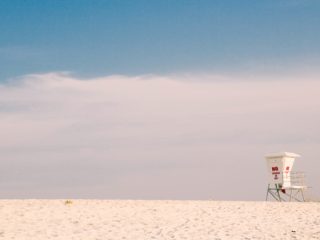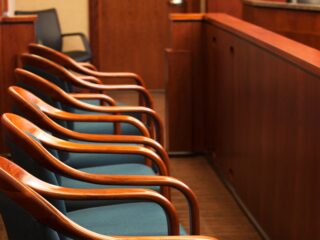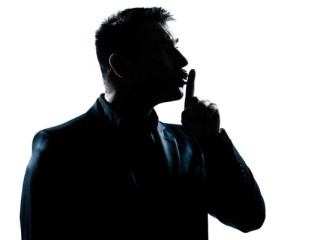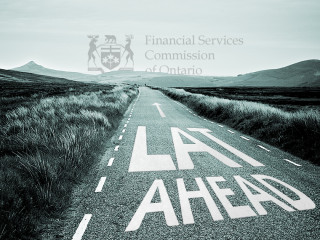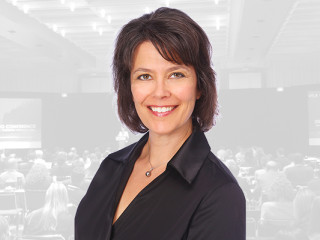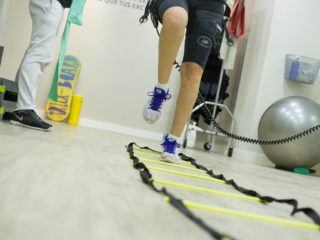Full Decision
A plaintiff must lead cogent evidence, including expert evidence, to support its theories of damages.
The Plaintiffs, Catherine McNamee (“Catherine”) and Robert McNamee (“Robert”) were injured in a car accident on February 11, 2014. At trial, they sought a variety of damages, including for Catherine: future costs for physiotherapy and medication, and for John: future costs for physiotherapy, medication, and massage therapy, as well as past and future income losses, loss of economic opportunity and/or loss of competitive advantage.
To support these claims, the Plaintiffs called evidence at trial from a variety of witnesses, including:
- The evidence of each plaintiff that they would seek further physiotherapy (in the case of both), medications (both) and massage therapy (John only);
- In the case of Catherine only, several medical professionals, including an expert, who testified that she should participate in a multidisciplinary pain program, which may include a physio and/or massage therapy component;
- In the case of Catherine, actuarial evidence that, while was not described in detail in the judgment, seemed to provide the jury some instruction on how to calculate present-day value figures with respect to future treatment;
- In the case of John, the expert evidence of a physiatrist who recommended future physiotherapy to treat flare-ups of his condition into the future;
- In the case of John, that he had paid for physiotherapy up to May 31, 2018, and massage therapy periodically, along with the above-noted actuarial evidence as to how to calculate present-day value figures with respect to future treatment;
- For medications, both relied on their histories of medication use (paid for by themselves) that were laid out in expense charts along with the evidence of the treating physicians as to the medications prescribed over time; and,
- An actuary on behalf of John to calculate the anticipated past and future income loss based on his inability to be promoted to the level of supervisor, as well as his various theories of loss due to loss of economic advantage and/or earning capacity.
It appears in reading the decision, that the Plaintiffs had expert evidence from an occupational therapist as to necessity, cost and duration of different and additional treatments they each required, but that were not the subject of dispute in this ruling.
The Defence argued that there was a lack of evidentiary foundation upon which any of these damages could be awarded, and particularly, no evidence as to:
- The necessity, frequency or specific costs (including invoices or other forms of payment) of any of the therapies or medications; and,
- The nature of John’s vocational disadvantage(s).
Overall, the Defence argued that the plaintiffs’ positions were based on speculation as opposed to cogent evidence.
Justice Beaudoin summarized the applicable law. First, while jurors are the finders of fact, it is the Court’s obligation to determine whether there is reasonable evidence on a question of fact to allow that fact to go to the jury. In other words, without a proper evidentiary foundation, a question or theory of damages cannot be left with the jury for their consideration. Second, when it comes to future health care costs, it is not sufficient to put the jury in a position where they must “pull a dollar figure out of thin air.” Quoting a recent decision, Mundinger v. Ashton, 2019 ONSC 7161, he noted that:
A plaintiff claiming damages for past or future health care costs must provide the jury with some precise calculation, either from an expert witness or through the introduction of relevant invoices from which an accurate calculation can be made.
Finally, Justice Beaudoin confirmed that not only do future care costs need to be costed out with some precision, they must be medically justified in evidence. Quoting that same decision, he noted: “Future health care costs should be supported by expert evidence indicating the anticipated frequency and duration of the recommended health care.”
Based on the above, Justice Beaudoin found that medical justification and appropriate costing were both lacking, and thus declined to allow any of the requests for these additional health care expenses to go to the jury.
On the income loss claim, the Court confirmed that the same general principles apply and declined to put any of John’s income loss theories to the jury. In particular, the judge found that there was no evidence to support the assumption in the actuary’s report, nor was there any evidence upon which the jury could determine his pre-accident earning capacity. Rather, Justice Beaudoin cited another recent ruling Johnston v. Walker, 2017 ONSC 3370:
In this case there was no evidence adduced with respect to the plaintiff’s earning capacity either before the accident or after the accident. The jury has no evidence with respect to the plaintiff’s current annual income or her annual income in any year. Without some evidence of the plaintiff’s earning capacity either before the accident or after the accident I do not see how a jury could be given instructions on how to calculate the loss of earning capacity. “Loss” assumes a starting point from which something is subtracted. As the Divisional Court stated in Ayub v. Sun, at para. 62: “it would be problematic to require a jury to try and calculate the income loss without evidence before them of income or expectation of income.”
In this case, based on the evidence adduced at trial, putting the question of loss of earning capacity to the jury would be to invite them to speculate and pull a dollar figure out of thin air.
Justice Beaudoin does not mention (and thus does not distinguish) cases such as Fiddler v. Chiavetti, 2010 ONCA 210, or Buksa v. Brunskill, [1999] O.J. No. 3401 (S.C.J.), which specifically state that expert or actuarial evidence is not required to prove loss of income or earning capacity claims. We are therefore left with no explanation as to why the plaintiffs in McNamee did not benefit from those principles.
Overall, in an era of calls for increased access to justice, with parallel demands on decreasing the costs of litigation, this decision stands as a harsh reminder to plaintiffs on their obligation to provide sufficient evidence on a theory of damages, including costly expert evidence, or risk a similar result.


